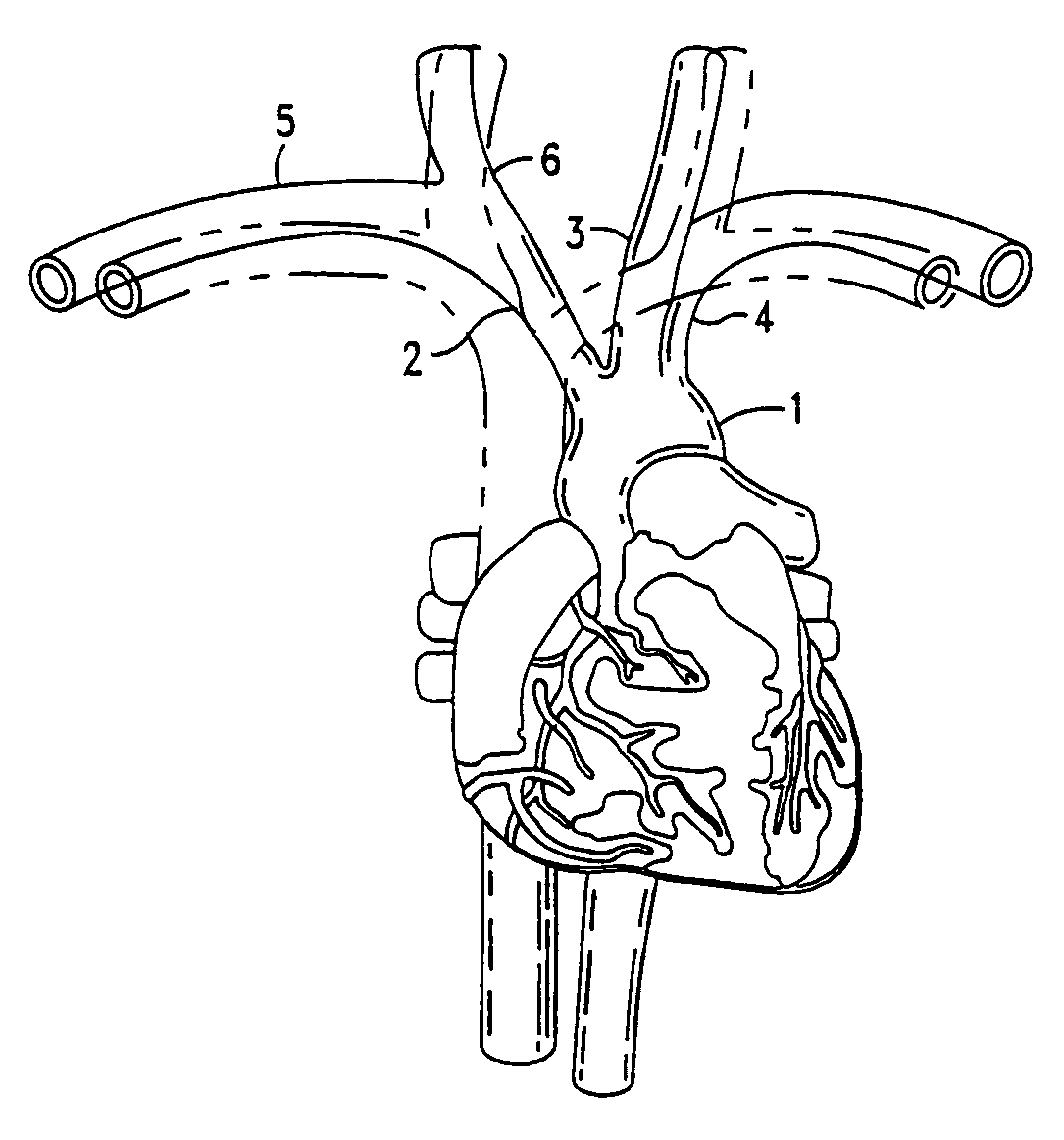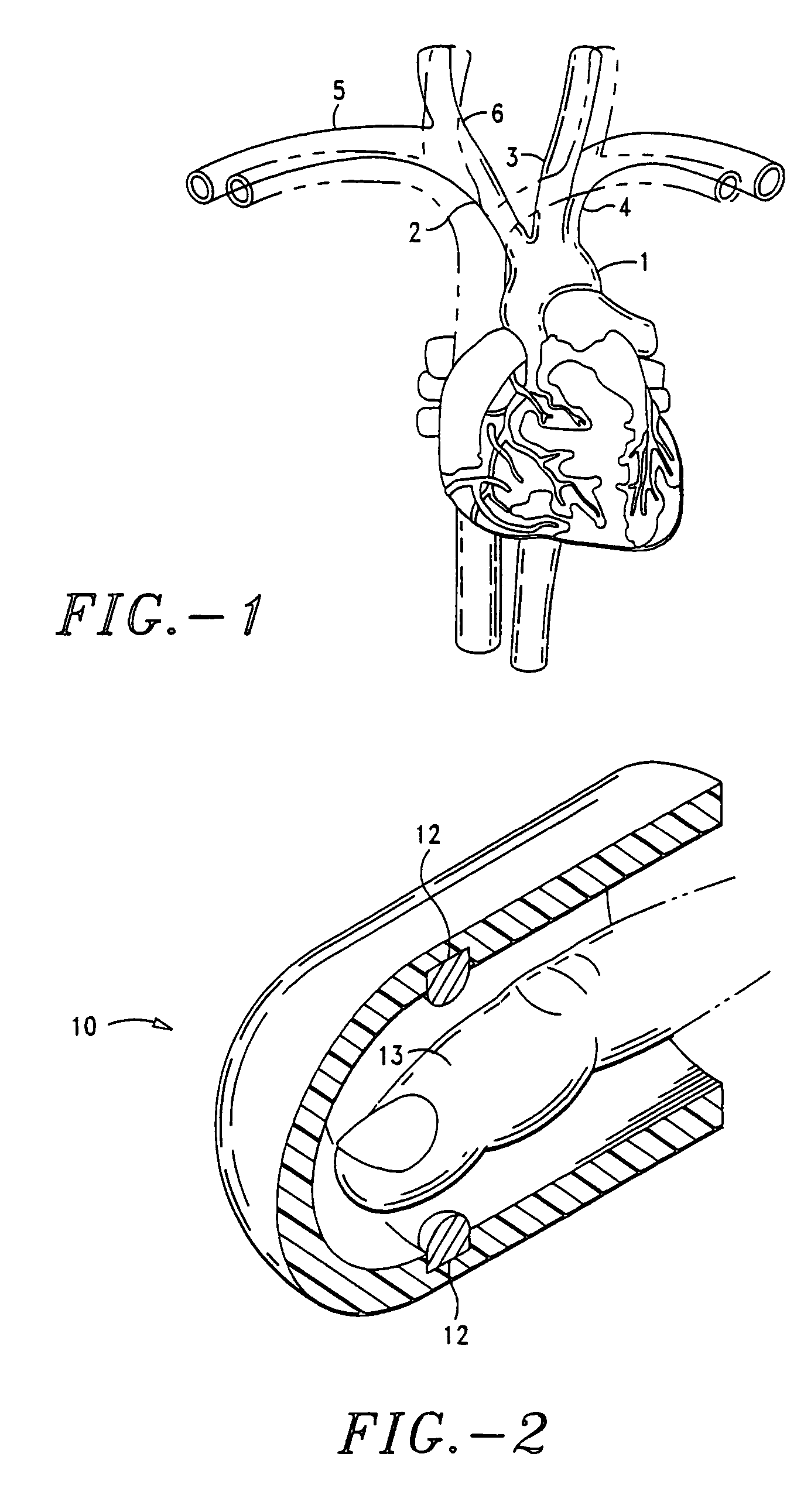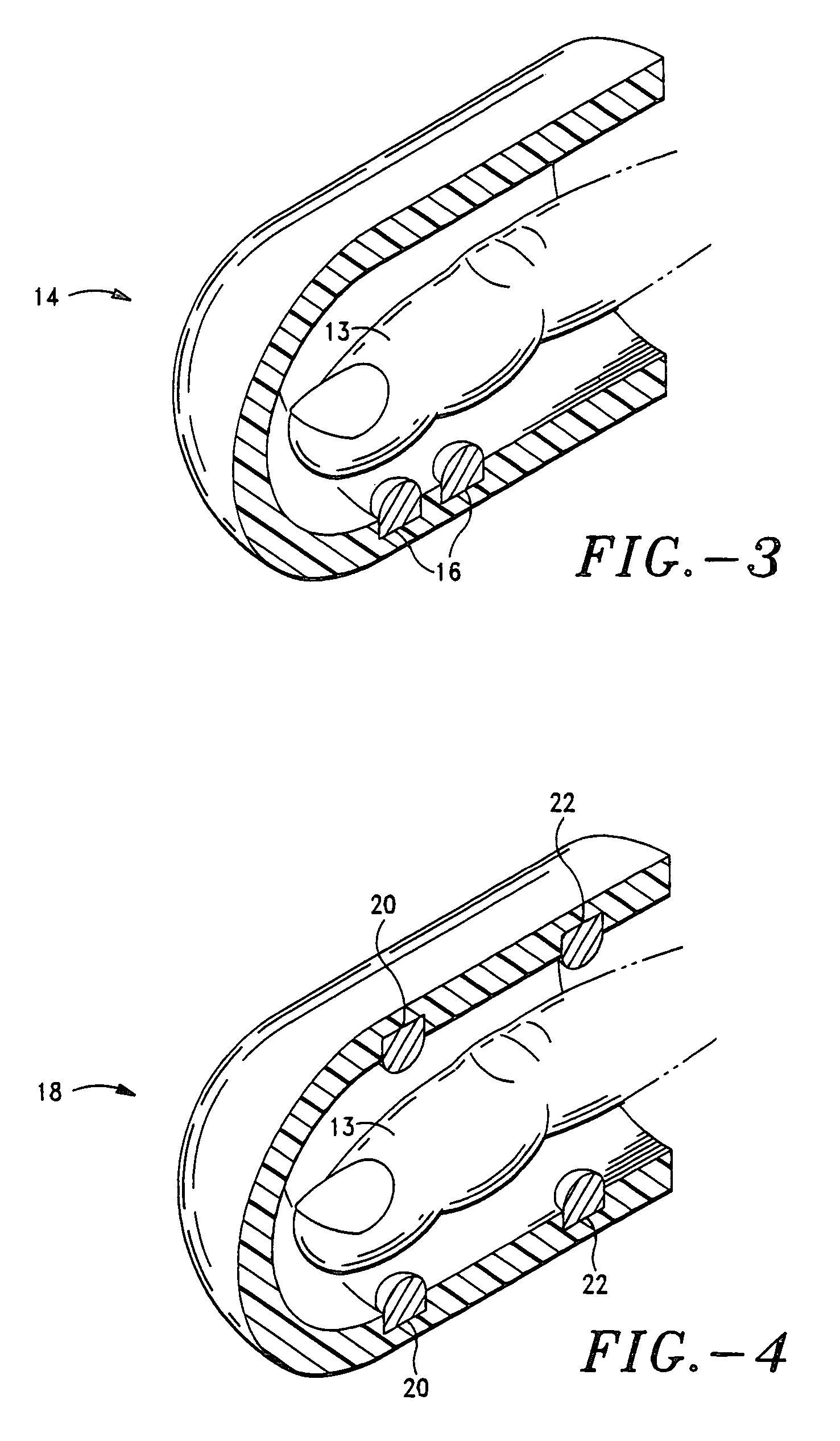Method for noninvasive continuous determination of physiologic characteristics
a physiologic characteristic and non-invasive technology, applied in the field of non-invasive continuous determination of physiologic characteristics, can solve the problems of increased patient mortality risk, inability of lungs and heart to supply the bloodstream with life-giving oxygen, and patient distress, so as to improve the means of determining, simple and quick operation, and convenient to use
- Summary
- Abstract
- Description
- Claims
- Application Information
AI Technical Summary
Benefits of technology
Problems solved by technology
Method used
Image
Examples
Embodiment Construction
[0099]Functionally the heart is divided into two sides or sections. The right or pulmonary circulation section that receives blood from the veins of the body and pumps it through the lungs and the left or systemic circulation section that receives the blood from the lungs and pumps it to the body. The blood is then collected in the veins to be returned to the right side of the heart.
[0100]Referring to FIG. 1, the arterial system begins at the aorta 1, to which the left ventricle of the heart pumps. The first three branches of the aorta are the brachiocephalic or innominate artery 2, the left (common) carotid artery 3, and the left subclavian artery 4. The brachiocephalic artery branches into the right subclavian 5 and right (common) 6 carotid arteries. These arteries provide the blood supply for the head and upper extremities. The aorta then passes down (caudal) through the body, continuing to provide arterial branches to organs, terminating as a bifurcation creating the iliac arter...
PUM
 Login to View More
Login to View More Abstract
Description
Claims
Application Information
 Login to View More
Login to View More - R&D
- Intellectual Property
- Life Sciences
- Materials
- Tech Scout
- Unparalleled Data Quality
- Higher Quality Content
- 60% Fewer Hallucinations
Browse by: Latest US Patents, China's latest patents, Technical Efficacy Thesaurus, Application Domain, Technology Topic, Popular Technical Reports.
© 2025 PatSnap. All rights reserved.Legal|Privacy policy|Modern Slavery Act Transparency Statement|Sitemap|About US| Contact US: help@patsnap.com



